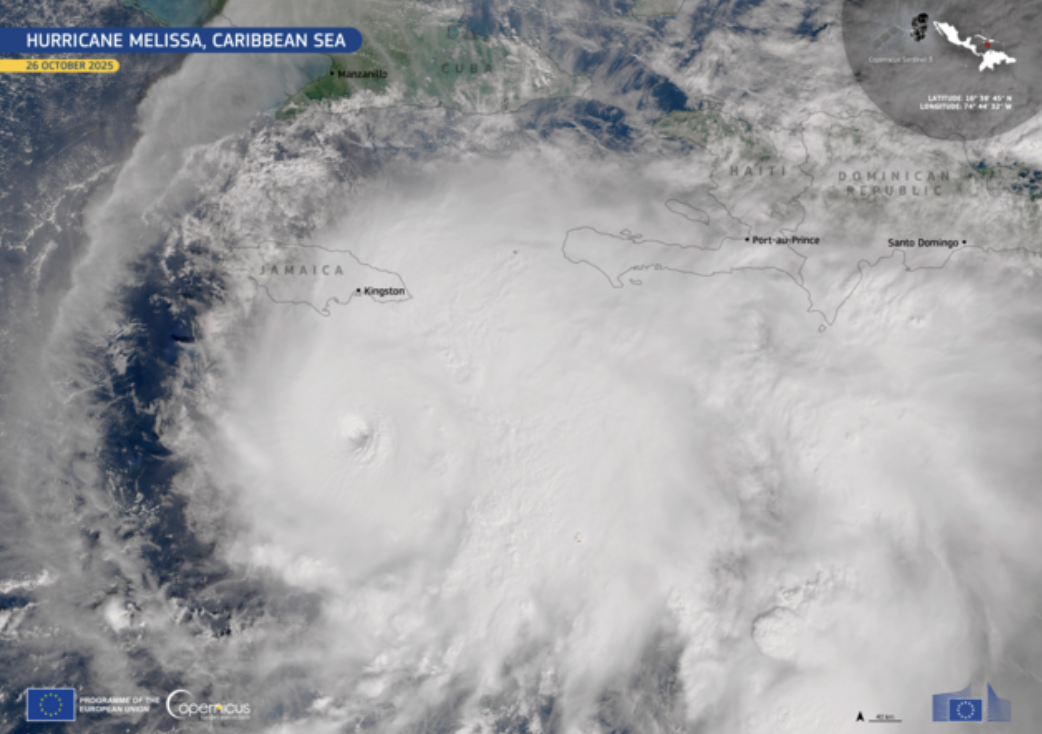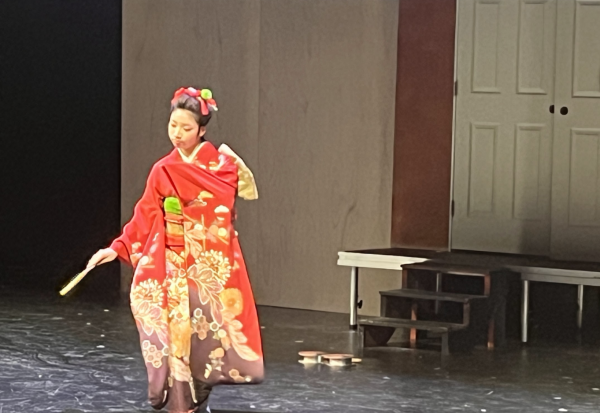Athletes struggle to find balance between challenge and injury
March 9, 2017
“No pain, no gain” can easily be taken too far while exercising or playing sports, placing athletes at high risk for injury and health problems that can go beyond a couple of days and last a lifetime.
“I pulled three back muscles as a sophomore during swim season,” senior Bella Kearney said. “I continued to push myself too hard on multiple occurrences during that season and the seasons after, which made it worse.”
Approximately 87 percent of students reported exceeding their physical limits while playing a sport or participating in another athletic activity, according to a Broadview survey in which 29 percent of the student body responded.
“People can misunderstand discomfort and pain,” Athletic Director Elena De Santis said. “Discomfort is when you go harder than you usually would making you better. Pain is caused by athletes going excessively harder on their bodies leading them to harming themselves.”
About 18 percent of students reported having an asthma attack while exercising or playing sports, and another 12 percent reported having vomited while practicing or at a tournament.
“At a competition in October, I pushed myself too hard which lead to a stress fracture,” junior and Irish dancer Madison O’Neill, said, “But with the Western U.S. Regional Oireachtas coming at the end of November, I was unable to take a break to let my foot completely heal.”
Thirty-two percent of students reported having engaged in an athletic activity after injuring themselves, while 16 percent stopped for the day but went back to practice the next day.
“It was frustrating for me at times because I wanted to continue to get better and improve my swim times,” Kearney said. “What I had to learn to understand is that my body’s health was more important, and in the long run taking care of my muscles correctly would make me a better swimmer.”
Continuous and strenuous exercise can lead to long term injuries such as tendonitis, chronic joint pain and cardiac problems. 50 percent of long-term runners had signs of heart damage according to a study conducted by the British Journal of Sport Medicine.
“I was determined to get back into dance once those three weeks were over,” O’Neill said, “but it turned out my toe had not healed and getting back into dance only made it worse.”
To improve her back, Kearney attended physical therapy and is working on relying on her core muscles in order to relieve some strain on her back muscles.
“I had to force myself to take my training a notch down,” Kearney said. “It was frustrating for me at times I wanted to continue to get better times, but I had to learn to that my body’s health was more important.”
Proper training, strengthening, and warm ups like stretches are needed before playing a sport in order to prevent injury. Seeing a specialist after causing serious harm to the body is necessary along with doing the proper physical rehabilitation, according to De Santis.
“With a recent visit to the doctors, I was told that there is nothing else they can do to help me,” O’Neill said, “so I am currently having to tape my foot before dancing to help relieve some of the pain and to make sure it does not get worse.”










